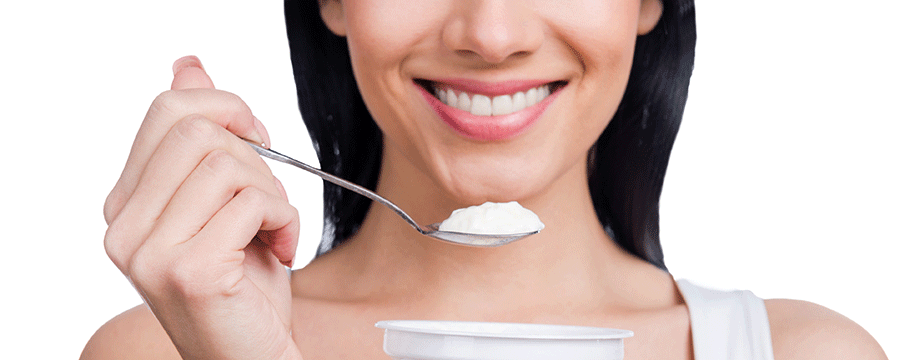Bacteria buddies

Believe it or not bacteria can be good for you! When it’s the right kind, of course. Here we help you understand how to get the best out of probiotics
How are bacteria good?
“Friendly bacteria are found in the digestive tract – the stomach and the bowel,” says John Halpin of the Health Store in Liffey Valley shopping centre, Dublin. “They help with digestion, maintain the immune system and prevent pathogens from entering through the digestive system.”
“Bacteria can be good in the body as it helps break down food so we can digest it, and good bacteria can help fight the bad bacteria which can make us very ill,” says Angela McGlanaghey of Simple Simon in Donegal town.
When should you take bacteria?
“Antibiotics affect gut flora negatively, and a probiotic (or live native bacteria) is recommended after taking an antibiotic,” says John Halpin. “Friendly bacteria are also recommended for people with digestive issues such as indigestion, acid reflux, constipation, diarrhoea, candida and IBS.”
“You should take a probiotic if you have an imbalance in your gut flora,” says Angela McGlanaghey. “This can occur after being ill, after taking antibiotics or from eating different foods than usual.”
What can bacteria help?
Angela McGlanaghey: “Good bacteria is particularly beneficial for the digestive system, because when we have poor digestion it leads to limited nutrient absorption, which means our bodies cannot use the foods we eat to their full potential. Over time this can lead to serious health problems.”
John Halpin: “Probiotics help with the acid-alkaline balance of the digestive tract, helping with the breakdown of food, and the absorption of nutrients.”
How can you choose the best?
John Halpin: “Different strains of friendly bacteria are found in the digestive tracts of people at different ages. There are different products available for babies, small children and adults at different life stages – which one is best can depend on the individual. Other differences are the strains aimed at different parts of the digestive tract – acidophilus strains, for example, are more for stomach issues and bifidus strains more for the bowel. Some products are more heat resistant and can be taken when travelling to help prevent or treat food poisoning when on holiday.”
Angela McGlanaghey: “Choosing a probiotic can be difficult but it really depends on the individual. There are some probiotics geared towards people with IBS, for those who have been on a strong course of antibiotics, for those suffering from thrush etc. So be sure to ask about which one may be the most suitable for you.
Billions of bacteria
Angela McGlanaghey: “A good daily probiotic usually contains about 5-10 billion CFU (colony forming units) which means the amount of bacteria that are able to divide and form colonies, and fight bad bacteria. Ones that are stronger can help to heal specific ailments such as thrush.”
John Halpin: “Some people think the higher the number of bacteria the better. Some think it is the particular strain of bacteria that is more relevant to the efficacy of different products.”
Top tips
- Recent legislation means that manufacturers cannot make health claims about probiotics, but health store staff will help you to understand the best ones for your particular needs.
- Carefully read the label and look for the genus, such as lactobacillus; and the species, for example acidophilus. If there is a strain number under the name (such as LP299V) this means that it has been researched to penetrate the stomach acid barrier and will be more effective.
- To maintain a healthy gut you need about 2 billion bacteria in a probiotic capsule. If you are taking probiotics following repeated antibiotic use you need 20-30 billion.
- It can take up to a month to feel the real benefits of taking live bacteria.
More Rude Health articles...
Articles from our latest issue...